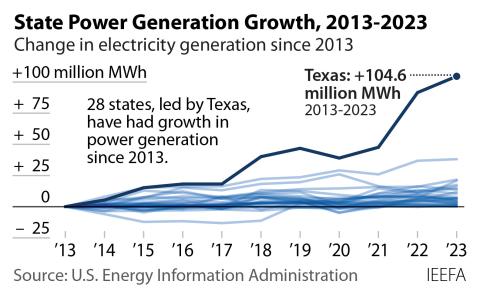In the New Energy Economy, Public Accountability Is a Market Force
Good intentions aren’t the same as good strategy.
In a column the other day in the weekly Hill Times of Toronto, Robert L. Evans, a professor emeritus at the University of British Columbia, suggested that Keystone XL opponents have been wasting their time.
“The protest groups would have a much greater impact on the sustainability of world energy consumption if they campaigned for the use of renewable energy forms and nuclear power to replace fossil fuels,” Evans wrote.
Evan’s criticism, well meaning though it may be, is simplistic and flawed because it overlooks how public-accountability campaigns shape and are shaped market forces.
We described this phenomenon in October when we published a report with Oil Change International called “Material Risks: How Public Accountability Is Slowing Tar Sands Development” in which we established that opposition to proposed pipeline projects associated with tar-sands development had cost the industry over $17 billion in 2010-2013 alone. These losses are neither small nor sustainable, and the fact that they stem from public opposition illustrate very clearly that public-accountability campaigns indeed do affect bottom lines.
We know also from our previous work in the U.S. utility industry that public-accountability campaigns can drive market decisions. Two decades ago, 183 coal-fired electricity plants were on the drawing board in the U.S., but a tide of public opinion and a wave of financial skepticism resulted in the cancellation of every last one of those 183 projects. This was public accountability writ large—we estimated the value of those cancelled projects at $273 billion.
History has shown time and again that capital-market decision makers can and sometimes do make bad investments. Wall Street doesn’t know everything. That’s why there have been so many booms and busts. In fact, it was the Sierra Club and other environmental campaigners who proved to be the most prudent bankers on the block when push came to shove on all those proposed coal plants a generation ago. Today the market share of coal continues to decline in the U.S. as wind and solar energy investments rise, and the dumb money—to put it bluntly—is in coal.
Our tar-sands study indicated that many of the companies involved with those projects were beginning to show signs of financial deterioration. We projected then and we say now that the global energy economy, fed today by exceptionally low oil prices, is in a period in which capital is trying to decide where to land. Coal? Oil? Renewables?
To be sure, the way forward for energy markets around the world remains uncharted, and no one can be certain of what the global energy mix will be 20, 30, 50 years from now. However, it’s very likely that fossil fuels will have a much-diminished market share, which will provide development opportunities for cheaper, cleaner and more publicly acceptable forms of energy—which by any other name is renewable energy.
For most of the last century, U.S. GDP and the coal industry have moved ebbed and flowed in tandem. It would have been unfathomable just a few years ago to imagine the U.S. economy and the coal industry getting out of lockstep for any significant period of time. Yet that’s what’s happened over the past four years as GDP has climbed and broad stock indices have risen by 60 percent while coal companies have lost 80 to 90 percent of their value.
When public-accountability campaigns and Wall Street signals point in the same direction, a change of some kind is gonna come.
Tom Sanzillo is IEEFA’s director of finance.












